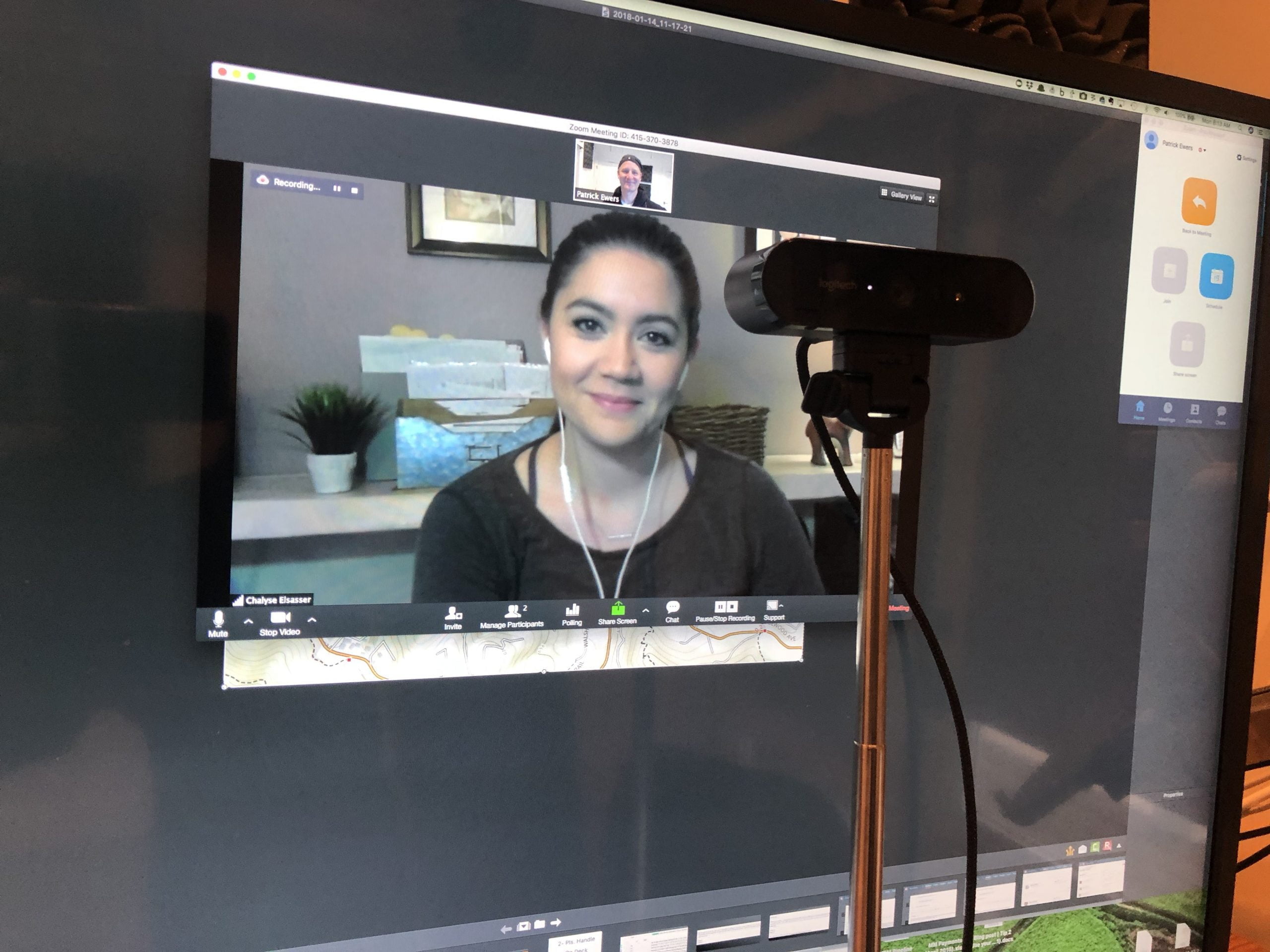Make Video Conference Calls More Personal In 60 Seconds Or Less
No surprise: I perform the majority of my coaching sessions online via video conferencing.
Don’t get me wrong: It’s not that I believe the online experience is better. Quite the contrary: Face-to-face meetings (especially when paired with a great follow-up email) will almost always be superior to video.
But the reality of my work requires frequent meetings, and my clients’ calendars are often full to bursting. So although someone may not be able to carve out time away from the office or working from home to meet in person, most can make the time for a personal video call.
The problem with video calls is that they’re often so impersonal and disconnected. Over the years, I’ve looked for remedies, hacks, and software fixes for this problem, and I wanted to share the best solution I’ve found with you to make video calls more personal.
How to Channel the Connection of In-Person Meetings During Video Calls
Part of what makes face-to-face meetings so effective in building relationships is the fact that, when meeting in-person, most of us have a natural tendency to look the other person in the eyes.
However: This tendency often doesn’t carry over to individual or group video calls. Instead, our eyes are more naturally drawn to the video of the other person (or even the video of ourselves on the screen).
The result? More often than not, it looks like you’re looking below the person or off to one side. Here’s a screen capture of what I mean:

Now, imagine you were meeting with someone in-person and that’s how they looked at you instead of eye to eye. It feels very unnatural, and that lack of eye contact causes a serious break in emotional connection.
To improve video calls:
- Train yourself to treat your webcam as the other person’s eyes.
- Use a relaxed gaze when focusing on the lens of your webcam.
- Position your video camera (phone or webcam) to look directly at your guest.
With these easy steps, you’re going to deliver a much more natural, comfortable experience to the other person.
Here’s why: When you hold eye contact with someone, you make them feel known, heard, and respected. This causes them to perceive you as a great listener. And, outside of the art of 100% follow-through, few things build trust as effectively as making someone feel heard.
How to Set Up Your Webcam to Deliver More Personal Video Conferencing Solutions
Of course, that’s all easier said than done. Although the concept might be simple, breaking our natural tendency to want to look at the other person instead of the webcam can be difficult.
That’s why I recommend skipping over the process of learning a new habit altogether and, instead, just setting up your workspace to naturally accommodate this new approach.
Here’s how it works: First, you’re going to need an HD external webcam and a tripod. Although any webcam will work, I recommend either the Microsoft Lifecam Studio or the Logitech Brio.
Attach your webcam to your tripod, and then position the camera in a way so your webcam is positioned in front of your monitor, covering the feed of the other person’s video.
In terms of placement, have you ever heard that old advice given to actors that says, “Look at the bridge of the audience’s nose rather than directly in their eyes.”
The same concept’s true here: Position your webcam so it sits right below the recipient’s eyes. If your video conferencing software is full screen, usually that means in the center of the screen.
If not, you may have to play around with it a little bit to find the right positioning. But once you’ve found the right place for it, you can still look at their video feed while continuing to deliver that feeling of eye contact and connection which will make video calls more personal.
Here’s an example of my desktop camera setup:
And here’s the difference that small change can make while I’m on a call with a client or team member:

Now you’re effortlessly simulating a face-to-face conversation during your video call and delivering a much better experience to the other person.
Of course, in a few years, this might all be for nothing: Back in 2007, Apple submitted a patent for a behind-the-monitor webcam that would capture this feeling automatically.
But ten years later, it still remains to be seen whether or not that will be pursued. Until then, these little hacks will have to work to make video chats more personal.
Have any video conference call tips and tricks of your own? Share them in the comments below or get in touch to learn how we consult with clients!



